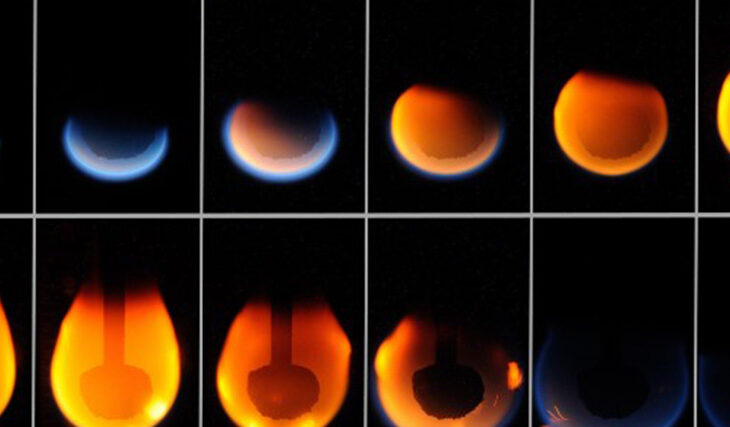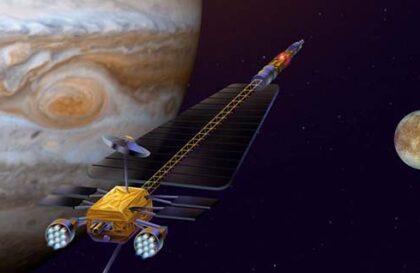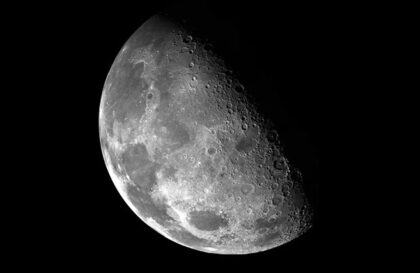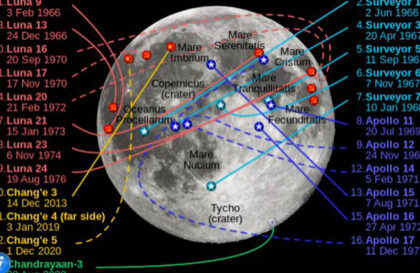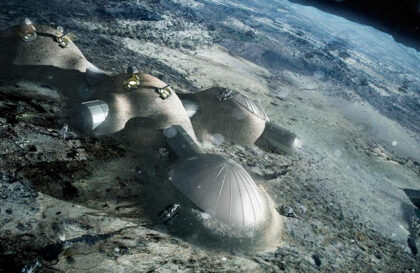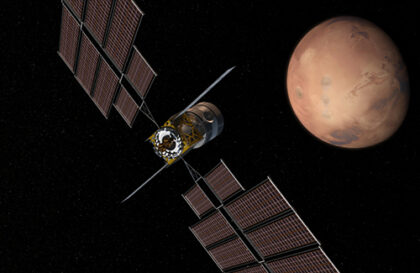In microgravity conditions, for example, in low Earth orbit, the flame takes on an almost perfectly spherical shape, in contrast to the teardrop-shaped flame we are accustomed to on Earth. This is due to the lack of convection caused by differences in buoyancy: usually, on Earth, warm air rises, and cold air sinks, thus forming a vertically oriented flame. However, in microgravity, convection currents are weakened, allowing the flames to spread evenly in all directions, creating spherical fireballs.
The team of China’s Shenzhou 16 mission carried out a remarkable space experiment by conducting experiments with open fire on board the Tiangong station.
Astronauts Gui Haichao and Zhu Yangzhu light a candle aboard the Tiangong Space Station during a live lecture on Sept. 21, 2023. Credit: CCTV
During a live video broadcast of an educational lecture from the Chinese space station on September 21, astronauts Gui Haichao and Zhu Yanzhu demonstrated the burning of a candle in microgravity conditions.
Such an open-fire experiment would be unlikely on the International Space Station due to strict regulations on flammable materials and open flames. Fire safety standards on the ISS have been tightened, especially after a severe fire on the Russian Mir space station in 1997.
There have been numerous studies of combustion in microgravity on the International Space Station. Still, these have typically been carried out using specially designed combustion facilities to control and limit fire spread.
Tiangong Station also has a dedicated Combustion Experiment Rack (CER) designed for more advanced research in this field.
NASA experiments with fire
Fire behaves differently in space due to changes in gravity and airflow, making fires more difficult.
The Solid Propellant Ignition and Extinction (SoFIE) project, launched as part of Northrop Grumman’s 17th cargo mission to the ISS, aims to study fire in space environments. SoFIE will use a unique camera rack for safe experiments on the station.
NASA astronaut and Expedition 66 Flight Engineer Thomas Marshburn configures the Combustion Integrated Rack to begin SoFIE operations. Credit: NASA
This research is critical for NASA as it plans to build outposts on the Moon and Mars. Understanding how materials burn under different conditions is essential to ensuring the safety of future astronauts.
SoFIE will help NASA select materials for spacesuits and housing and identify effective firefighting methods in the space environment. This knowledge will be critical for long-duration deep space missions.
In the microgravity of space, fire can behave unusually and be more dangerous. On the ISS, scientists can study flames in isolation from gravity, which is impossible on Earth. This knowledge will help predict fire behavior on the Moon, Mars, and other environments.
SoFIE conducts five experiments with materials such as plexiglass and cotton fabrics used in space. While SoFIE’s primary goal is to study fire safety in space, the findings could also improve fire safety on Earth by adding knowledge about inspecting materials for the home, office, and transportation.
The project is planned until November 2025.
Banner image: To demonstrate flame growth, decay, and extinction in space, a preliminary test called Burning and Suppression of Solids (BASS) burned a synthetic resin on the space station several years ago. The top row shows the flame growing, while the bottom row shows it going out. Credit: NASA
Image credit:
https://www.nasa.gov
https://www.space.com
